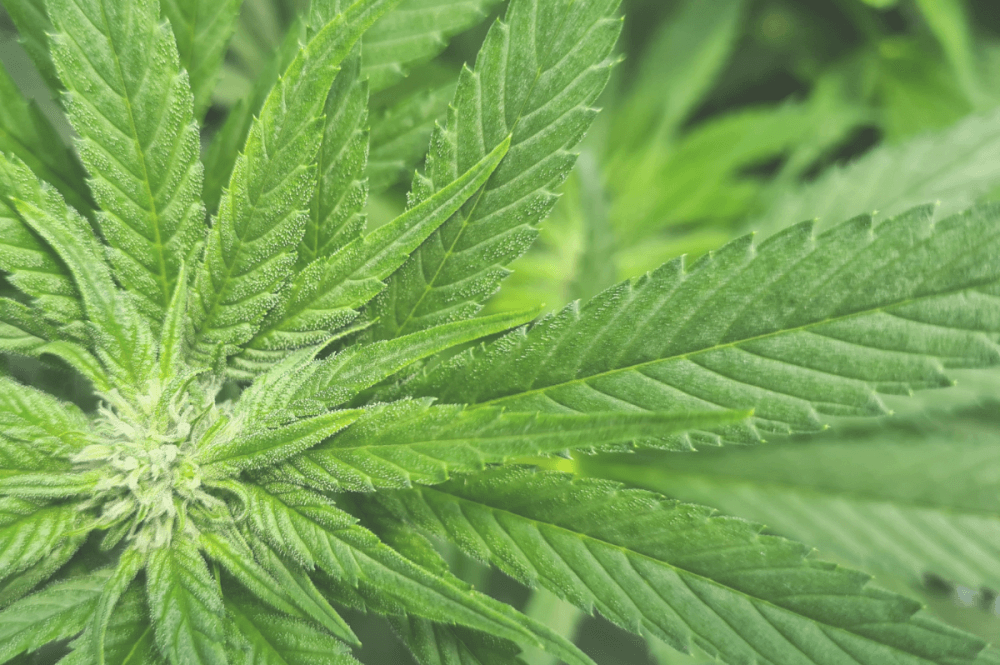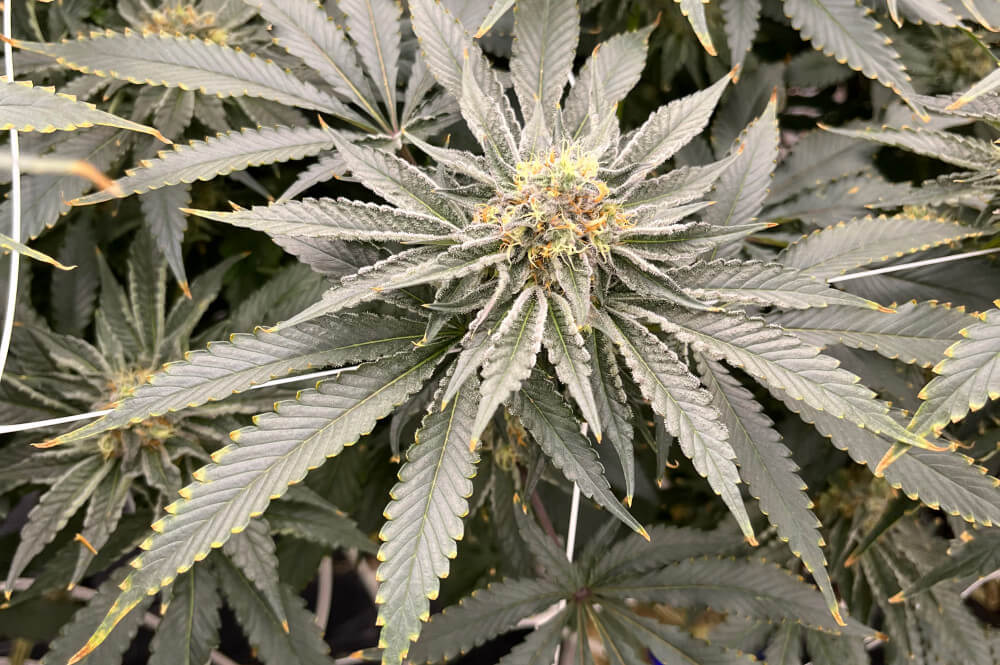
Magnesium Deficiency in Cannabis in Relation to Light Strategy
23 March 2023
Interview with Ryan Wankel
Cannabis cultivation is a complex process, with many different factors affecting the growth and development of the plant. One of the most important aspects to consider to allow cannabis plants to thrive is the nutrient balance within the growing medium. Among these essential nutrients is magnesium, a mineral that plays a critical role in plant growth and development. In this article, we'll take a closer look at magnesium deficiency in cannabis cultivation. This article is the last one of the sequence written following an interview with Ryan Wankel.

You can read the two previous articles here.
The importance of magnesium
"The most common nutrient deficiency in high-light environment for cannabis is Mg, and is often affected by the quality of light" Ryan stated and elaborated his point of view. Before we get into it, let's look into the general role and importance of Magnesium; It is an essential macronutrient for cannabis plants and is required in relatively large amounts for proper growth and development. Among its many functions, Mg is crucial for photosynthesis, as well as in the synthesis of chlorophyll.
The symptoms of magnesium deficiency in cannabis plants can vary depending on the severity of the deficiency and the stage of growth of the plant. See the figures below for illustration. Generally, the signs include the yellowing or browning of older leaves. In severe cases, leaves may become necrotic and eventually fall off the plant. Additionally, the plant may exhibit stunted growth, reduced yields, and poor bud development.

The effect of light quality and intensity
Even when the plants are fed with a nutrient solution that contains all of the necessary macronutrients and micronutrients, careful monitoring and precise nutrient dosing, magnesium deficiency can still occur. There are several factors that can contribute to magnesium deficiency in cannabis plants, these include pH imbalances, nutrient lockout, and environmental stressors.
Furthermore, according to Ryan, both light quality and intensity can have an influence on nutrients. His explanation describes a very specific yet often occurring situation growers have to deal with frequently; "An HPS has a lot of yellow and orange within that light spectrum, and the infrared, it can damage the proteins within your plant. These are clearly essential for e.g., transferring all the photosynthetic production within the plant. Once these proteins become damaged, signs of early yellowing appear, which results in growers thinking they lack nitrogen, calcium, and/or magnesium".
When discussing these nutrients, it is important to understand that magnesium (Mg2+) and calcium (Ca2+) as well as potassium (K+) are all cations (i.e., positively charged ions). Therefore the balance between them is crucial, not only to avoid deficiencies, but also to avoid competition and other antagonistic relationships with other nutrients in the root zone. But this has something else to it, says Ryan. It is not about adding more nutrients and adapting the EC. “if a grower would take a leaf analysis before adding these extra nutrients, they will see that the Mg level is just right. But this is where it gets tricky with this nutrient. Once the plant senses the slight lack of magnesium in the root zone, it stores it in the leaf. So which one is it, a deficiency or a defense mechanism? That's why usually you'll see growers just adding an extra product that provides them with both calcium and magnesium, but their calcium levels are probably fine.”
Ryan mentioned this case under HPS lamps, and stressed that growers that switch to LEDs will have to learn their plant under these lights, as infrared is not as high as with HPS.
Data-driven
All in all, Ryan finalised our session with the following conclusion; "The best advice I can give is to make more data-driven conclusions, knowing your plants and your technology. Even in this case, doing a leaf analysis and being able to read and understand it. When something happens to the crop, a grower following all these will be able to get the best decides and will know if and how to act on it".
Want to know more?
On this website you will find more information on our stone wool substrates and instructions for optimum use! If you have any question, remark, or request, please feel free to contact us here, or via our Facebook and Instagram accounts.
More items

Where can I find Cultiwool?
Discover more about our Cultiwool network



